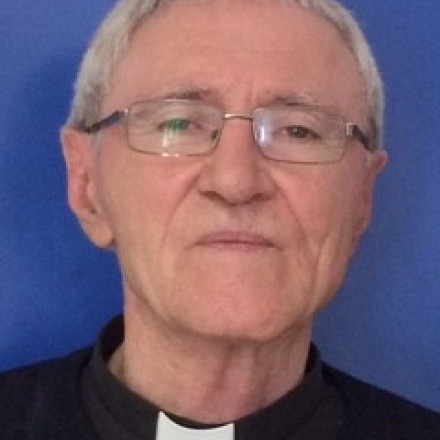‘Come and See’ - some participant reflections
It’s surely not insignificant that our two Archbishops, of Armagh and Dublin, have recently invested leadership time and energy to advocate the Anglican Communion’s Five Marks of Mission. These five ‘marks’, first developed by the Anglican Consultative Council in 1984, were subsequently affrmed by the Lambeth Conferences of 1988 and 1998 as follows:
It’s surely not insignificant that our two Archbishops, of Armagh and Dublin, have recently invested leadership time and energy to advocate the Anglican Communion’s Five Marks of Mission. These five ‘marks’, first developed by the Anglican Consultative Council in 1984, were subsequently affrmed by the Lambeth Conferences of 1988 and 1998 as follows: 1. To proclaim the good news of the Kingdom. (Tell) 2.To teach, baptize and nurture new believers. (Teach) 3.To respond to human need by loving service. (Tend) 4.To seek to transform unjust structures of society, to challenge violence of every kind and to pursue peace and reconciliation. (Transform) 5.To safeguard the integrity of creation, and sustain and renew the face of the earth. (Treasure) Despite the passage of time, these five marks of mission - (for golfers, they could be termed our 5 tees!) - remain a prophetic and contemporary template, reflecting bedrock scriptural verities that undergird the Church’s apostolic tradition. In his presidential address last October to the Armagh Diocesan Synod, Archbishop Clarke laid down a challenge to his diocese: that, over the next year, parishes should do their own ‘internal audit’, to determine which of the 5 marks of mission they need to take on more. In Dublin and Glendalough, that process had already been initiated by Archbishop Jackson in 2014, when all parishes were invited to complete and return their own ‘Vision and Mission’ survey, which were then shared in the diocesan ‘Come & C’ Report, thus preparing the way for the ‘Year of Come & C’ between the Advent Sundays of 2015 and 2016. The whole thrust of the programme focused on how all our discipleship might be deepened and heightened, enhanced and advanced, through the five marks of mission. Diocesan positives A particular feature of that year was the hosting of services by local parishes and one university chaplaincy, at various locations around the dioceses, each of them taking as its theme one of the five marks of mission. I myself attended all but one of the events but in writing this critique, I stress I was merely a ‘Come & C’ clerical participant, with no other organisational role, so the following assessment is based simply on what I observed as a veteran of parochial ministry in the diocese. There were several positives to ‘Come & C’, including all the detailed and imaginative planning work undertaken by the Archbishop and his committee, and their high quality communication. The team was largely composed of younger persons and the recently ordained, which created a healthy dynamic of youthful energy and idealism. The parish clergy who hosted the various services seemed to take up the challenge with admirable enthusiasm and creativity. Whilst attendance at these events wasn’t overwhelming, it was nonetheless respectable; and participants’ responses seemed genuinely positive, as they responded to the invitation to deeper reflection on the particular mark of mission under that day’s spotlight. I certainly sensed a warm and authentic environment of koinonia, through shared membership in the body of Christ. In my own rural deanery, for example, there were some fresh initiatives in youth ministry stimulated by the year of ‘Come & C’. Perceived negatives If I now highlight some perceived negatives, this is largely to explore what might be gained to the bene t of future diocesan initiatives. The autumn 2015 Reflection Day in the High School on the ‘Come & C’ Report entailed each parish bringing four lay representatives. This generated a very large attendance, with lots of momentum and stimulating contributions. But the next stage - taking this out to the rural deaneries and local parishes – was where the momentum somewhat faltered. Even designated parish representatives seemed to flag and run out of steam. In my own situation, was I myself at fault? Was there a communication de cit, or a failure to grasp that ‘stickability’ (remembering the Parable of the Sower) is actually the most fundamental requirement for any manifestation of discipleship?* Full article available in printed copies.

Horace McKinley
is rector of Whitechurch (Dublin) and prebendary of St Patrick’s Cathedral, Dublin.